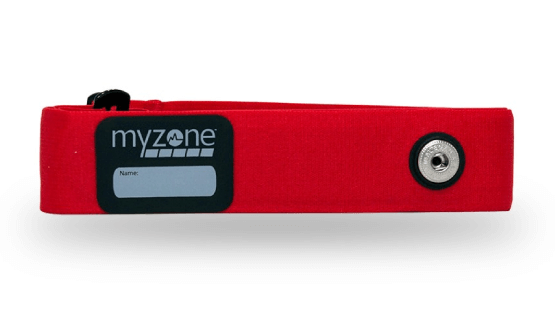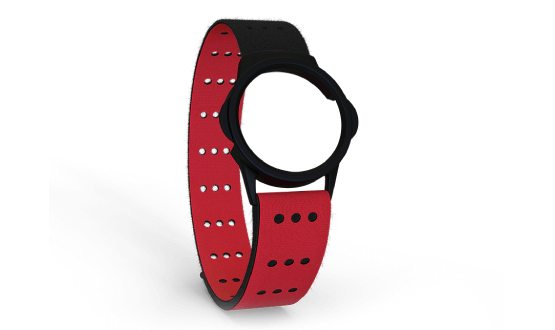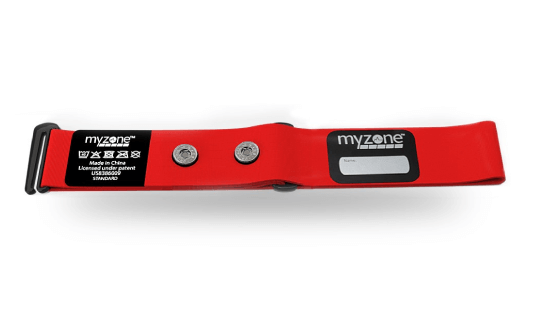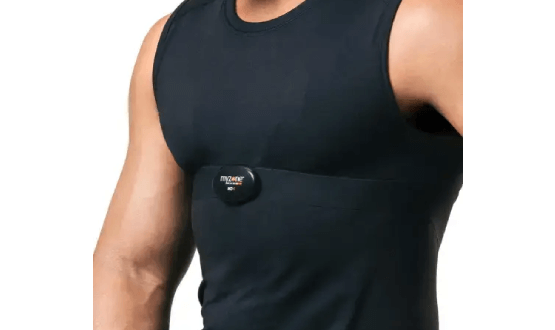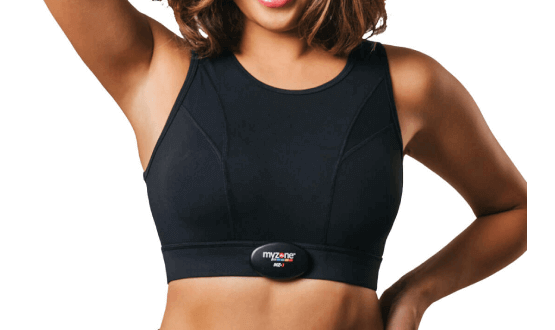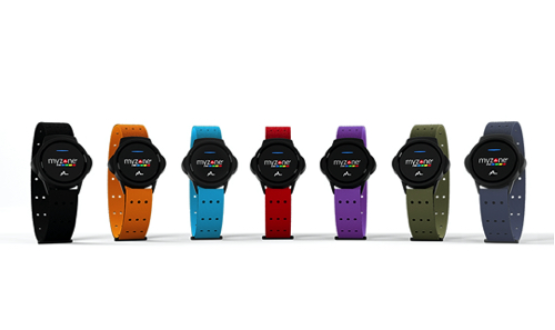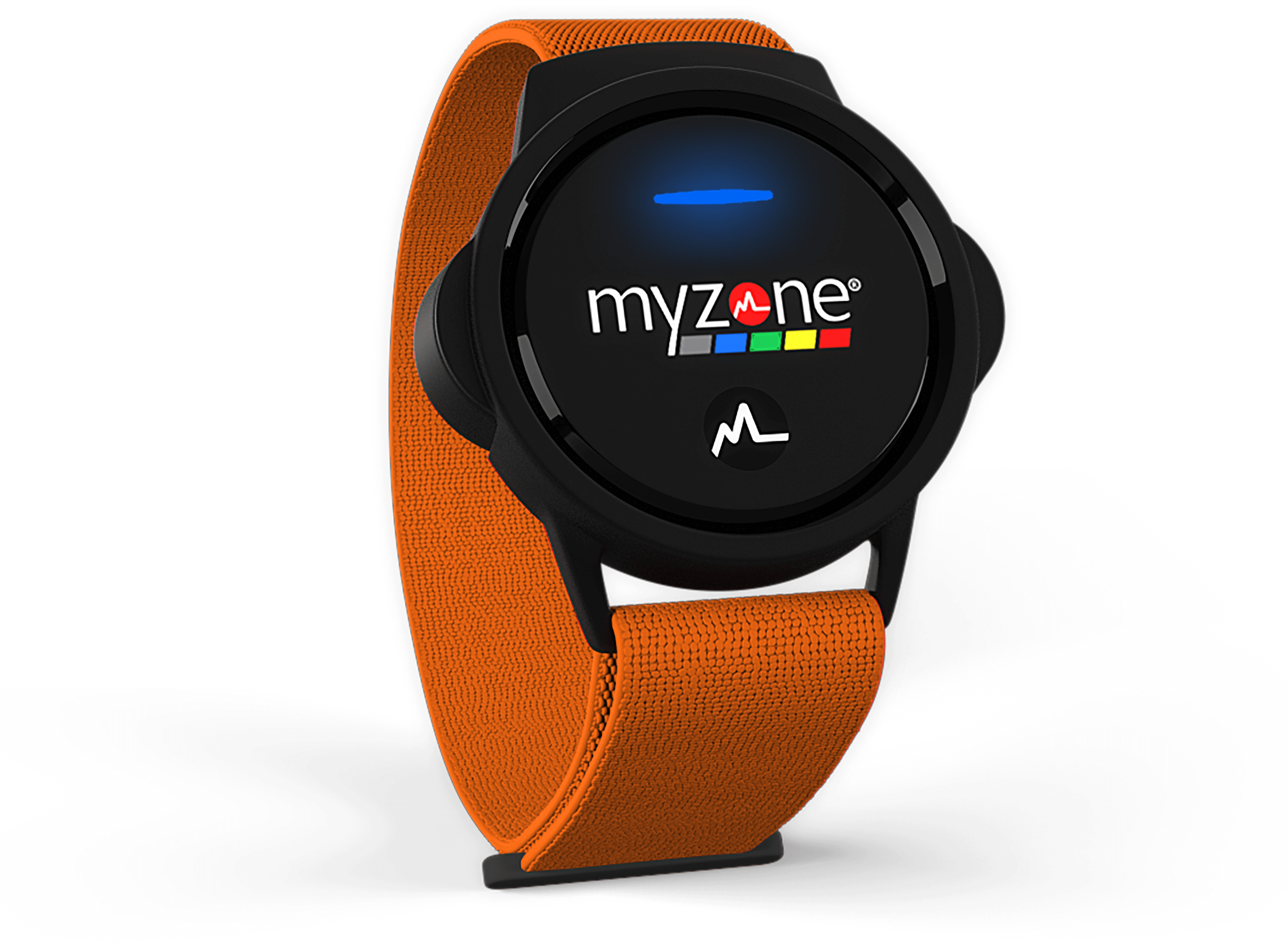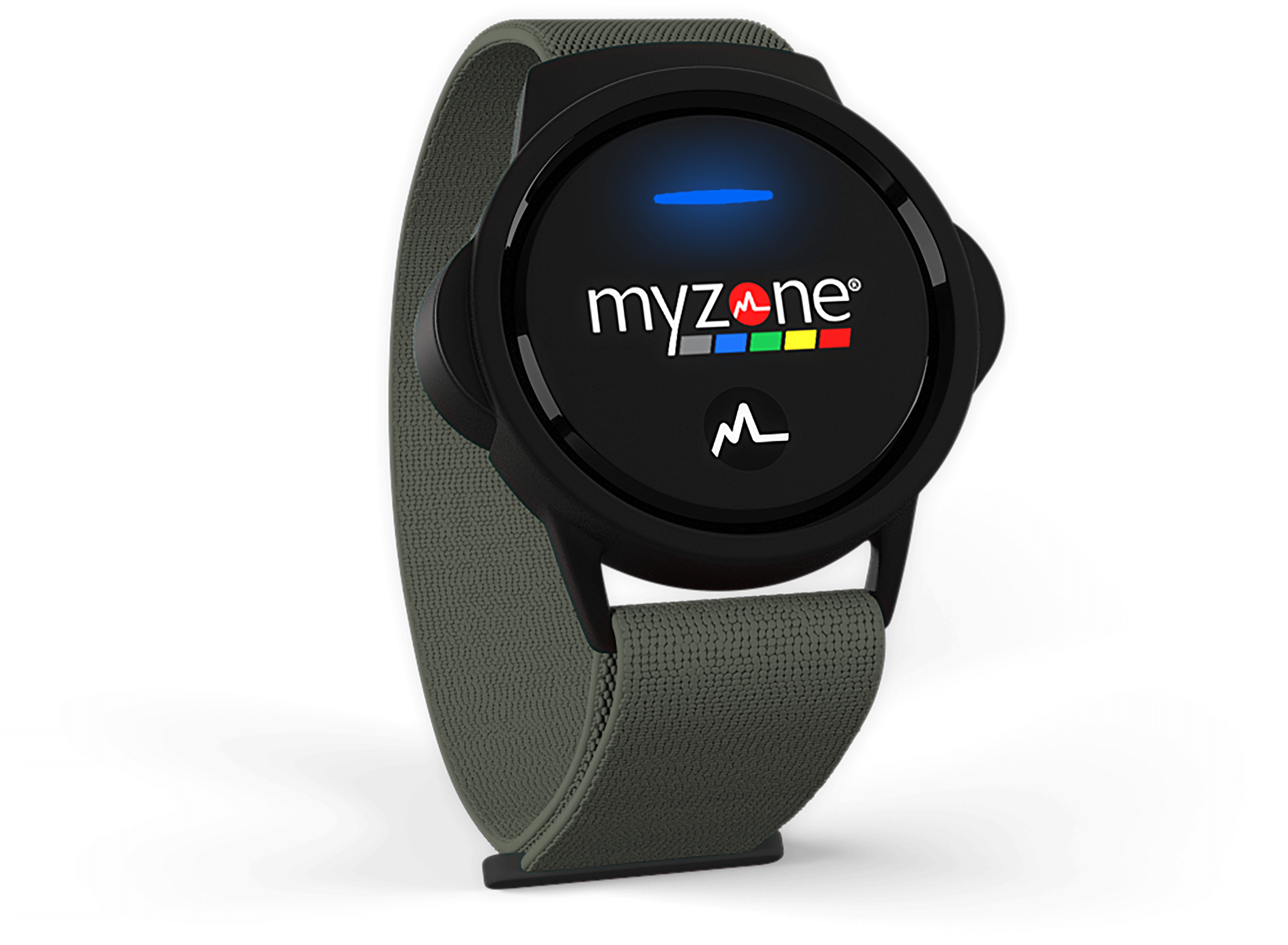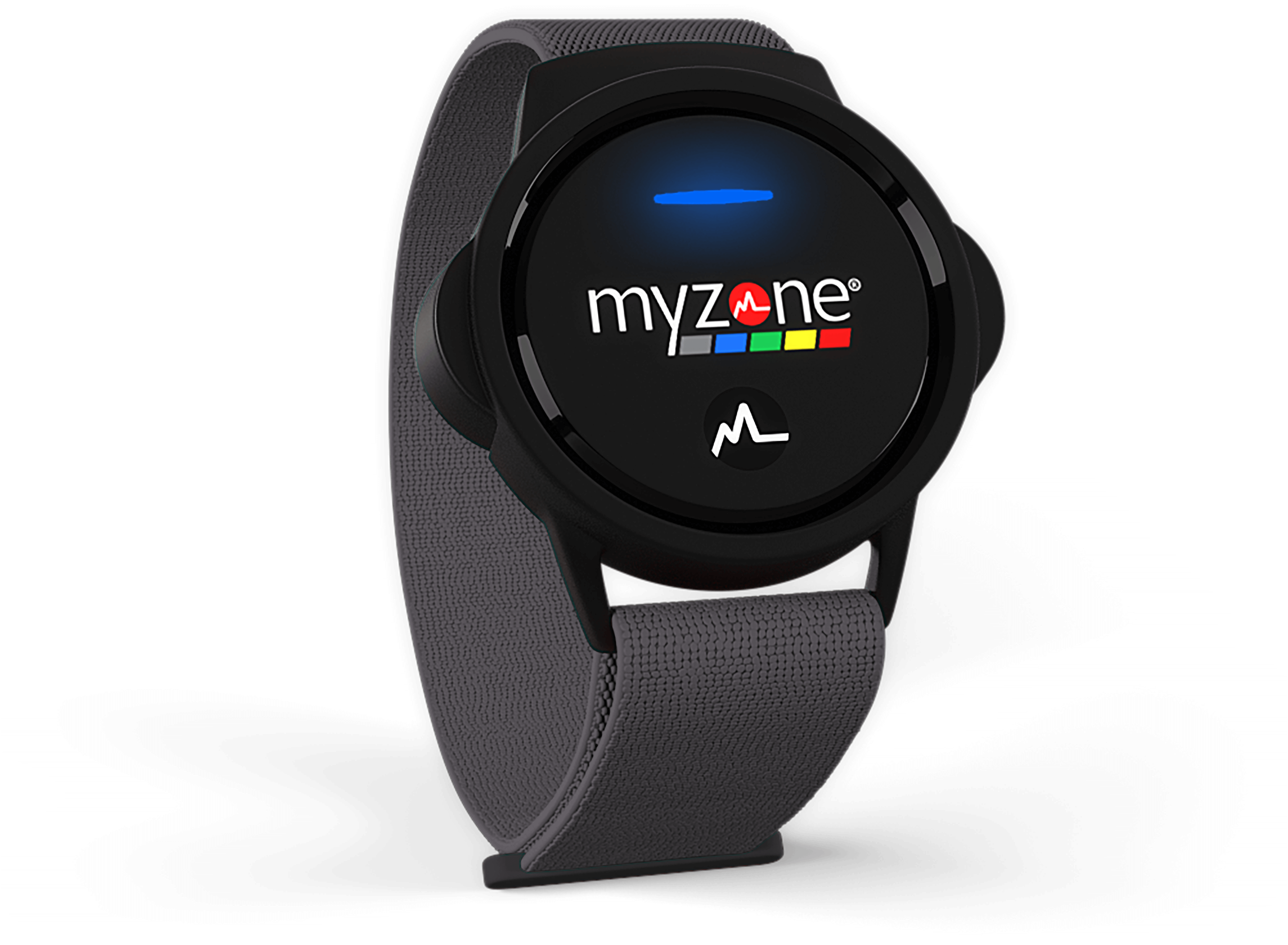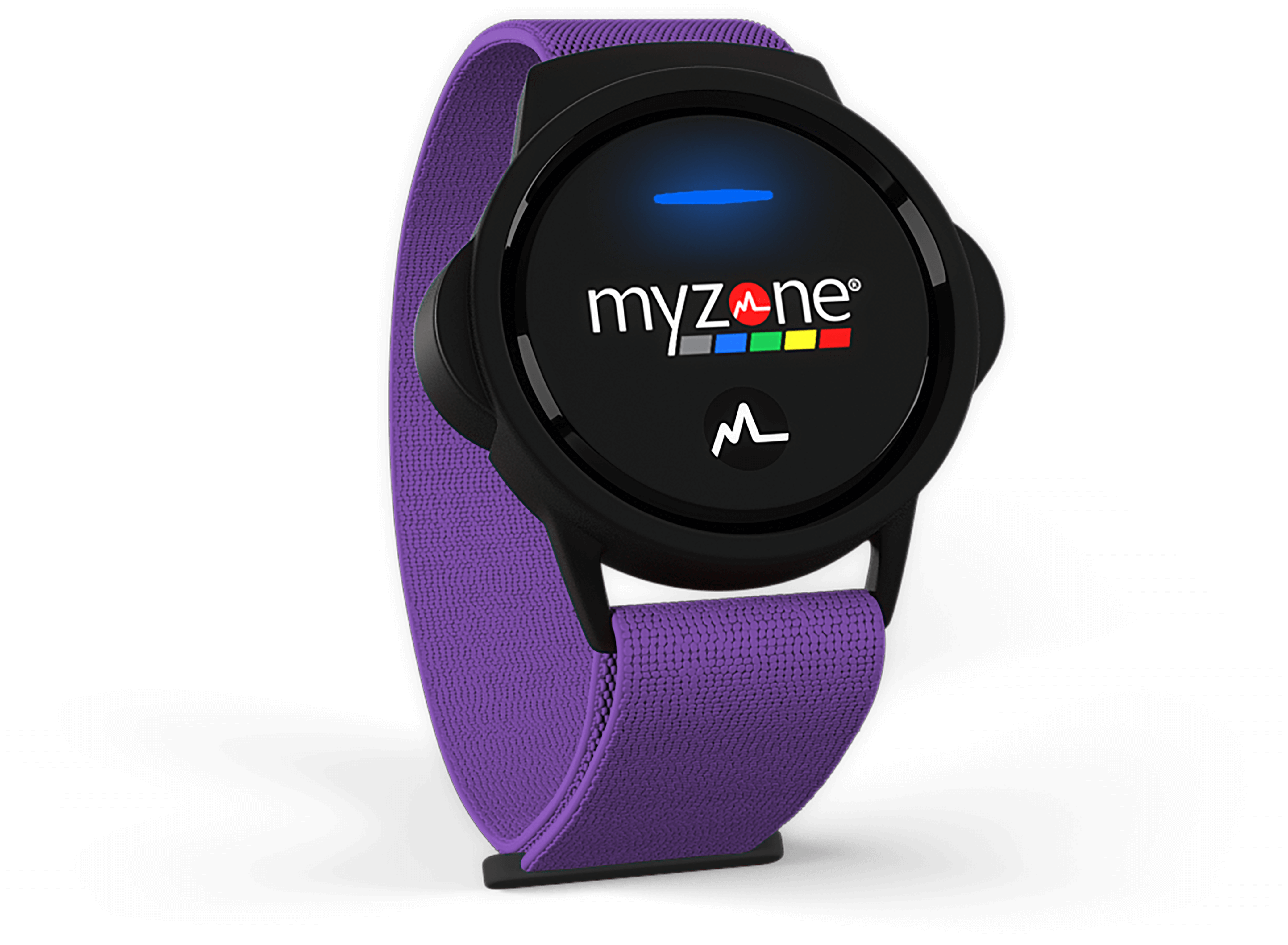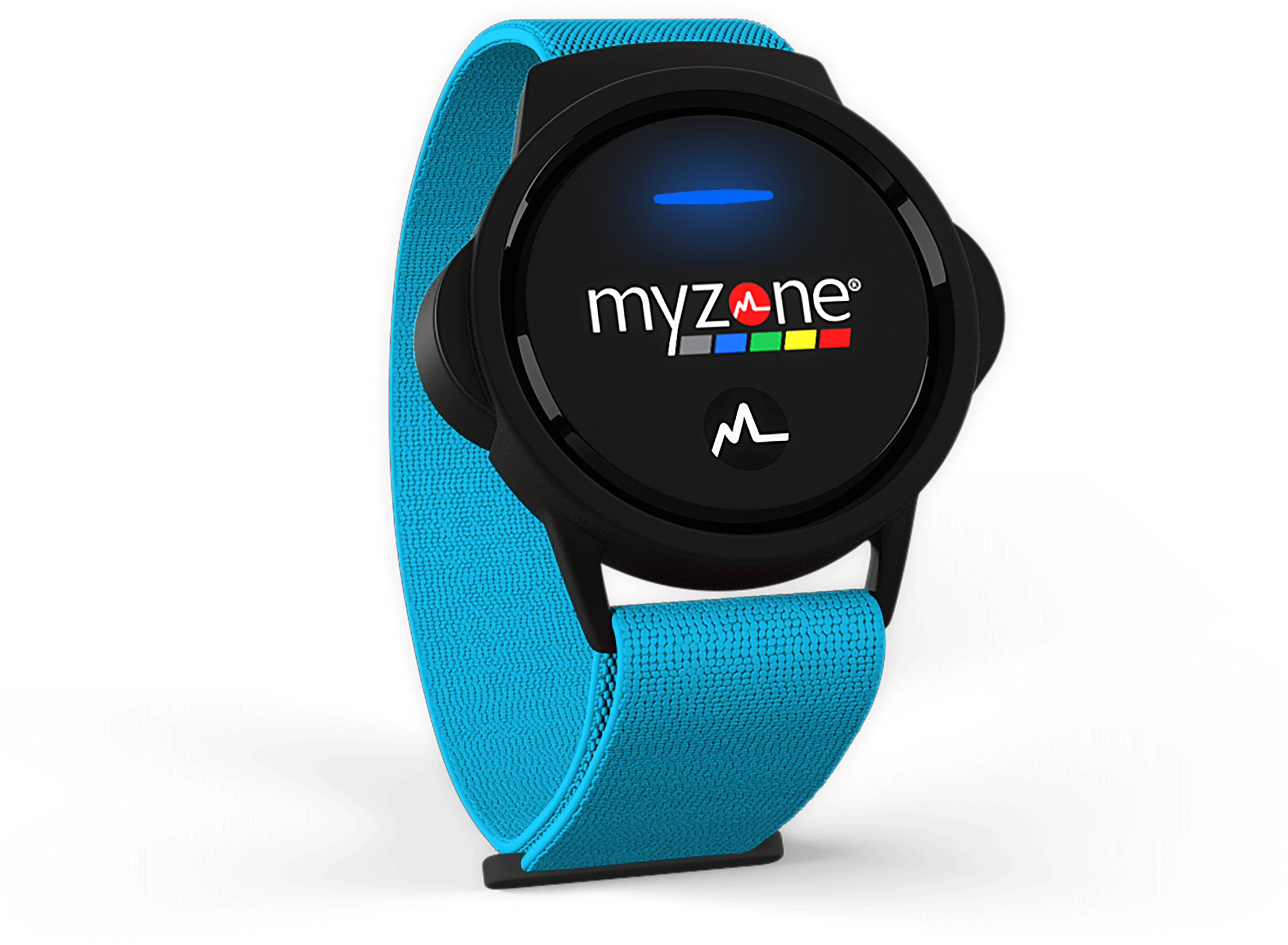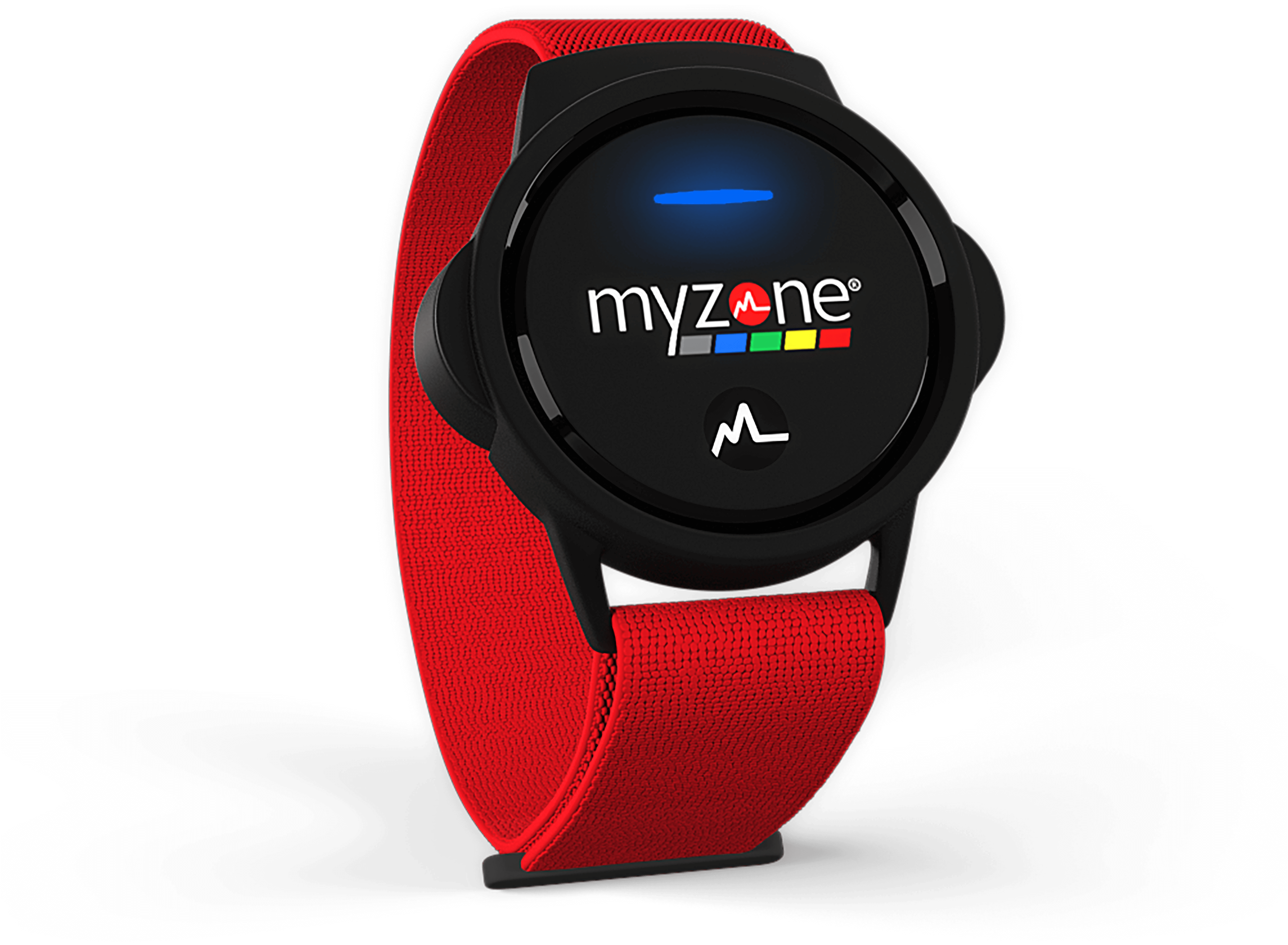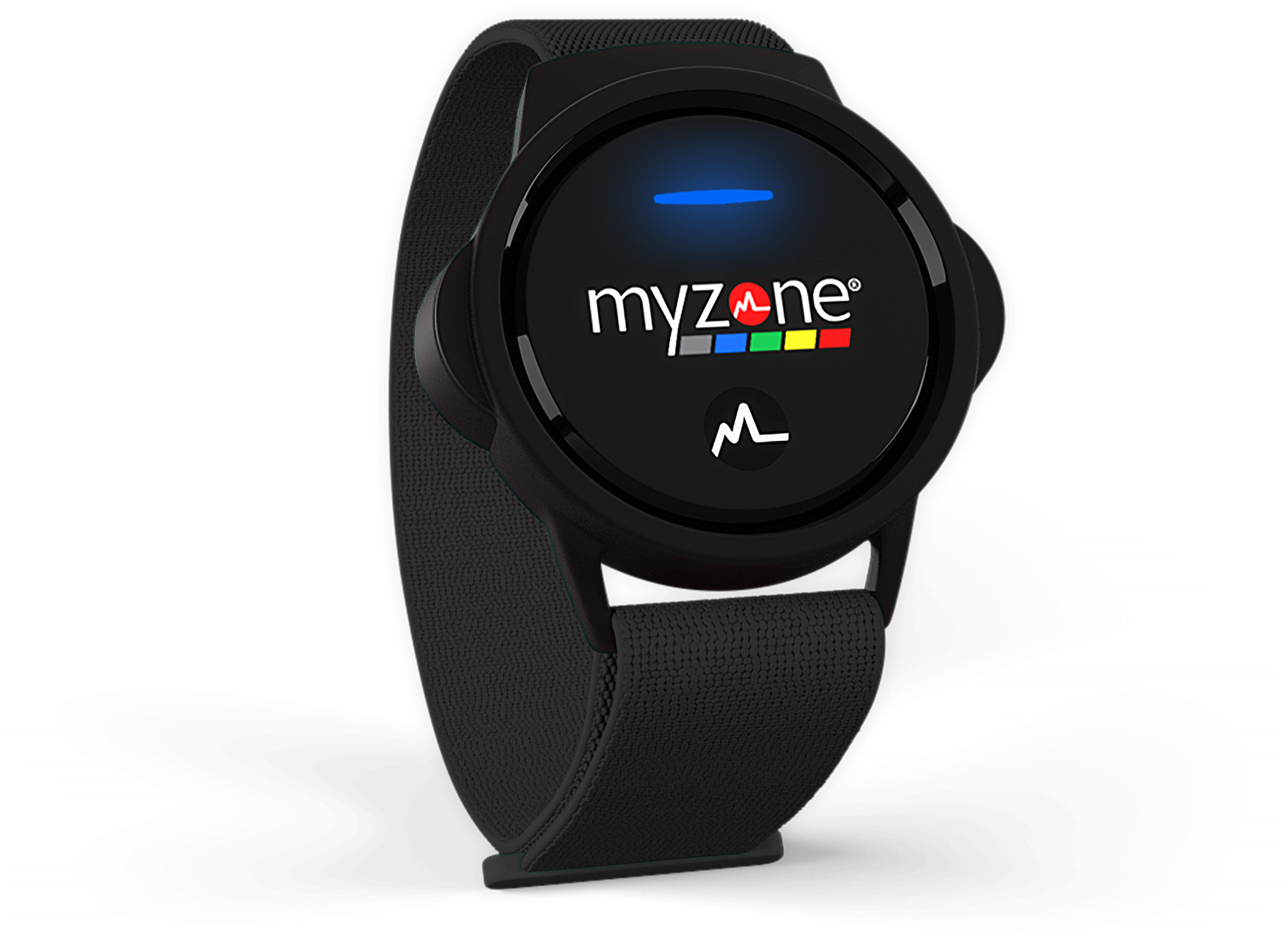Did you know that exercisers tend to overestimate the amount of physical activity they perform and underestimate the amount of calories they consume?
Clearly, this could have major repercussions for our weight management goals. MYZONE provides us with data on how long and hard we exercise, so that part of the equation is taken care of. Many other technologies help us track the calories in our foods.
But what about calories burned during a workout?
Many of us use MYZONE to track how many calories we burn during a workout, whether we’re keeping close track of our caloric intake and expenditure (output) or simply glancing at our total calories burned at the end of our sweat session.
In this post, we address caloric expenditure—the science behind it, how MYZONE estimates it, and takeaways for you as a MYZONE user and exerciser.
First, let’s briefly talk about the science behind measurement of caloric expenditure.
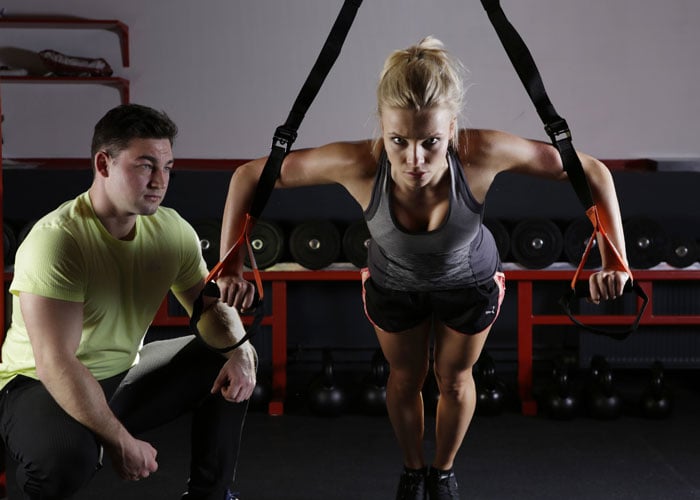
What is a calorie?
A calorie is energy produced in the form of heat. More specifically, it is the amount of heat energy required to raise the temperature of 1 gram of water from 15 to 16 degrees Celsius.
What are some ways to measure caloric expenditure?
There are many ways to measure caloric expenditure. The most accurate methods take place in laboratories and require expensive equipment, as well as expert supervision. For example, one form, direct calorimetry, requires a person to stay in an insulated chamber. Researchers measure caloric expenditure as temperature changes in the water that flows through coils located on top of the chamber.
Another method is called open-circuit spirometry. This is one of the most common methods used in laboratory settings. Basically, a person wears a face mask connected to a piece of equipment called a metabolic cart. The volume of air they inhale and exhale, as well as the concentration of gases in their expired air, is measured. Then their caloric expenditure is determined.
While the above examples are the most accurate methods to measure caloric expenditure, you can probably see some of their limitations, including time, expense, and resources. As such, they're not the most commonly used methods among exercisers.

How do heart rate monitors estimate caloric expenditure?
Instead of directly measuring caloric expenditure, heart rate technology estimates it based on the generally accepted principal that heart rate is linearly correlated to oxygen uptake, or VO2. Oxygen uptake represents the volume of oxygen used in aerobic metabolism, so it is a surrogate measure for caloric expenditure during aerobic exercise.
To put it simply: we exercise -> our body uses more oxygen to produce energy -> our VO2 increases to reflect this change, and our circulation rate (heart rate) increases.
Given these relationships, it's possible to estimate caloric expenditure utilizing regression equations based on heart rate. This is how heart rate monitors, including MYZONE, estimate your caloric expenditure.

Anything else?
Yes, most definitely. We want it to be clear that heart rate monitors do not measure caloric expenditure. That would be impossible. Rather, they estimate caloric expenditure.
Numerous studies have set out to develop equations to estimate caloric expenditure based on heart rate, and numerous other studies have sought to validate those equations. We know a lot based on the existing body of research:
- The heart rate-VO2 relationship is not linear at very low and very high exercise intensities. Thus, the equation used is most accurate during moderate-intensity aerobic activity.
- The heart rate-VO2 relationship is most relevant with aerobic exercise. There is not currently a widely accepted method to measure caloric expenditure during anaerobic exercise, like strength training.
- Most heart rate monitors tend to overestimate caloric expenditure during aerobic exercise.
- The more unique user information used in the equation, the most accurate it is at estimating caloric expenditure.
How does this relate to MYZONE?
MYZONE estimates caloric expenditure using an equation that was developed in a study published in the Journal of Sports Sciences in 2005. In this study, participants performed steady state exercise on a cycle ergometer or treadmill at multiple exercise intensities. Heart rate and VO2 were measured throughout. The equation derived from this study was then validated during treadmill running, cycling, stationary rowing, and stationary stair-climbing. The researchers determined that their equation is an improvement to other formulas. The equation takes into consideration the user’s sex, weight, age, and heart rate—essentially, as much information about each user as is available.

Key Takeaways for MYZONE Users
Given the research available on caloric expenditure, here is what we take away as MYZONE master trainers and users:
- All heart rate monitors estimate caloric expenditure based on generally accepted (though imperfect) principals of physiology. MYZONE seeks to provide as accurate an estimate as possible by using an equation developed from peer-reviewed research.
- If tracking calories is important to you, we encourage you to assume that the caloric expenditure value you see after your workout is an overestimate of how many calories you actually burned.
- Caloric expenditure is one piece of the puzzle. It isn't the only metric for gauging the success of your workouts. Further, since the equation MYZONE uses takes into account user sex, weight, age, and heart rate, calories are not a metric we can easily compare between MYZONE users. If you're looking to compare your effort to that of your workout buddy, look at your MYZONE Effort Points (MEPs).
We hope this post has provided valuable information to you!
Remember to use the hashtags #effortrewarded and #myzonemoves when you post your workout pics. And don’t forget to add your workout pics with your moves in your Activity Calendar.
For more tips on how to use the MYZONE® heart rate monitor and App, follow us during Fitness Fridays on Facebook Live (subscribe on MYZONE’s Facebook Page) – 8 am PT, 11 am ET, and check out our MYZONE® Moves Podcast on iTunes or Google Play.



